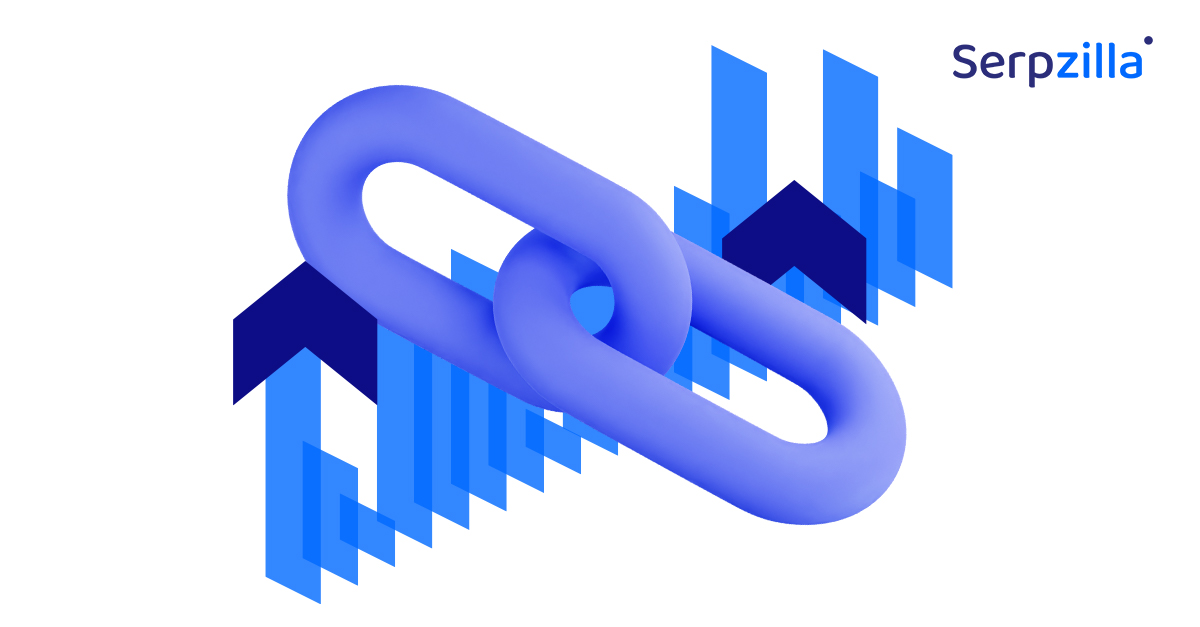Link building is the key part of search engine promotion. If everything is done right, your website will rank high. Otherwise, in case you abuse link exchanges, deal with untrustworthy publishers and spam domains you might get penalized and drop out of SERP. In this article, we will tell you how to buy backlinks and not get penalized by Google.
Not all backlinks are good for you
Technical optimization of your website, improving its UX/UI, structure and filling with quality content are all working methods of promoting your resource on Google. But the process takes time, and reaching top positions in SERP for high- and mid-frequency queries is almost impossible without backlinks.
Backlinks greatly speed up your promotion process, and backlinks are one of the key ranking factors as search engines see them. But backlinks can also bring you trouble if you’re not careful with your choice. Publishing backlinks in directories, spamming comments, on non-relevant pages and websites, dealing with spam websites will immediately signal search engines you’re trying to game the system. With the bulk purchase of such links, you will definitely get penalized. Therefore, in link building, the main concern should not be the volume and growth rate of your backlink profile, not how many links you buy and how fast, but how organic your backlink profile is. This is the main factor that will protect you from sanctions.
That will be our main focus further down the line.
The strongest influence on the ranking growth of your website in SERP is organic backlinks.
Organic (or natural) backlinks – are links that are placed with the intent of benefitting the audience of the publisher, a mark of trust for algorithms and users.
These backlinks usually are:
- placed on authoritative/niche websites or pages;
- placed on websites or pages relevant to your website;
- are embedded in the content naturally, complementing it, make it better, more useful;
- backlinks with anchors, which do not contain directly commercial CTA (buy, register, etc);
- ones that get consistent traffic on a regular basis.
The difficulty of obtaining such backlinks may depend on how old and popular the website is. For example, large, well-established websites regularly receive natural mentions through backlinks. Others have to consistently work on building their backlink profile.
What are organic backlinks?
An organic backlink is a relative concept, because in reality no one places backlinks on the Internet in an “organic” way. Behind each backlink there is intent — whether it be the voluntary recommendation or promotion for monetary gain of one, both or multiple parties involved. Therefore a clear line between organic and inorganic backlinks is somewhat hard to draw. However, you can easily tell if the backlink is inorganic. The clearest example of inorganic backlinks are backlinks on spam websites, backlinks placed on hacked websites in huge numbers, or when some link building software is used to generate tens of thousands of backlinks per hour.
Another example, though arguably in “the gray area”, backlinks with “bad anchors”. They are not good, meaning that if the anchor you use is chosen superficially, based solely on the key phrase you saw ranking high, it won’t get you far. Google started banning those a long time ago using their “Penguin” filter. The point is, it is better to use “safe” anchors and write text that is organic from the human point of view. So even if there’s a top-ranking key phrase like “buy car Delhi cheap”, you should instead opt for a key phrase like “buy a cheap car in Delhi” as your anchor.

Where to get organic backlinks?
When it comes to backlinks, what’s “organic” and what’s not, which, as we already know, is a relative concept, becomes clear after studying your competitors, and in particular their backlink profiles. To be “organic” in the eyes of search engines, it is important not to stand out from the general environment your competitors reside in.
An exception may be, for example, a newsworthy event. For example, the launch of a new product or a whole product line, which can be covered by many publications, sometimes all in one day. Search engines take into account such nuances and also regard such a “backlink explosion” as an organic increase in your backlink profile. Yes, it is worth noting right away that such an “explosion” does not have to be fully “natural”. It may easily be manufactured. You may well be a small unknown brand and organize such a newsbreak on your own, having agreed in advance with resources about publications on the day of the release of your product.
You can get organic backlinks in several ways:
- through guest publications (outreach) – quality, interesting content in the media or blogs, which would be relevant to their audience;
- through unique content users and other websites would want to share. This category goes beyond articles and includes interactive content like tests, various calculators, builders, converters, etc.
- buying backlinks on pages from the top of the SERP for targeted keywords.
Outreach gives a qualitative result, but in a very limited amount. Mainly due to cost and time involved in the process. By publishing one guest post per month, you will not achieve results, but you will definitely spend time and money. Even if you have a budget to get enough guest posts a month, preparing and publishing such content often takes time, so the result will also be postponed. So that can’t be your go-to solution. On top of that, the publisher of the website where you place a guest post may remove the link or close it from indexing without you even knowing it.
You also need quantity to build enough link mass. According to our research, you need to have backlinks from at least 20-30 unique referring domains. Only then will it be possible to talk about at least some result and progress.
Therefore, do not be afraid to use link exchanges. This is an effective method, all you need is to pay attention to what you choose. Exchanges will allow you to develop a backlink profile with enough power to improve your Google rankings.
Buying backlinks gives you much faster results. Referring domains you will choose already have decent, if not great, DR, rank good in the search results and, more importantly, receive regular traffic. Backlinks will also allow you to get targeted traffic.
The steps to get natural backlinks are usually as follows
- Compile a list of keywords – queries your potential customers are using.
- Parse search engine results for these queries and generate a list of top 10-20 pages.
- Make an initial list of pages on which make sense to place backlinks on. Go for blogs, forums, media, or topically relevant websites.
- Do the research and explore potential publishers. Use services like Ahrefs to look at their DR and traffic (including dynamics).
- Make a final list of the most trustworthy pages.
- Establish communication with owners or administrators of the resources and negotiate the placement.
- Now watch the placement process and track performance: how much traffic a particular backlink brings you.
The steps are quite tedious to do manually, though. All this work can be done in part, or in full, on platforms like Serpzilla.
Organic backlinks in Serpzilla
Serpzilla is a platform on which you can manually select backlinks according to certain parameters using filters, or set up auto-purchases using the same filters. That is, Serpzilla can be used as a traditional marketplace, or as an automated online service for link building. The backlinks generated by Serpzilla in an automated mode comply with the “organic” requirements and do not pose a threat to your backlink profile. These are all relevant backlinks from relevant pages. You can purchase permanent backlinks and rental backlinks, including backlinks embedded within the relevant content. Serpzilla’s automated algorithms take care of the backlink placement and supervise it.

You will be able to set a monthly budget and just let Serpzilla do its work. All the placements are tracked in real time and are available for you to monitor. You may also be sure your backlinks are indexed.
With the Serpzilla automated system, you get:
- access to over 100,000 unique domains (about a billion pages);
- selection of relevant websites for placement;
- placement control;
- traffic monitoring.
Boost your SEO results! Link building has become fast and easy with Serpzilla. Buy quality backlinks on authority websites with high DR.

Conclusion
- Organic backlink is merely a relative concept.
- Whether a backlink is paid or free, it does not correlate with its “organic” status. Moreover, paying for a backlink is absolutely normal and is the accepted economy on the web. Everyone sells and buys backlinks.
- Link building platforms/link exchanges are great tools to increase the power of the backlink mining process, allowing you to save not only your time, but often money.
Of all the ranking factors, backlinks remain one of the most effective. Organic backlinks along with the regular traffic they bring are powerful signals for search engines, indicating the reliability and authority of your website. Therefore, the main conclusion that you must draw is that there can not be too many backlinks as long as they’re organic and do not violate Google guidelines. At last, we would like to remind you that neglecting other aspects of SEO might nullify your link building efforts.



![Link Building Outreach [2025]](https://serpzilla.com/blog/wp-content/uploads/2025/02/Link-Building-Outreach540х360.jpg)


